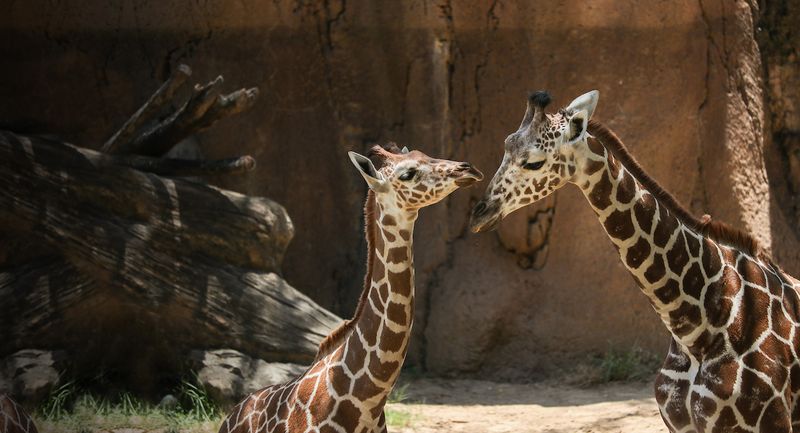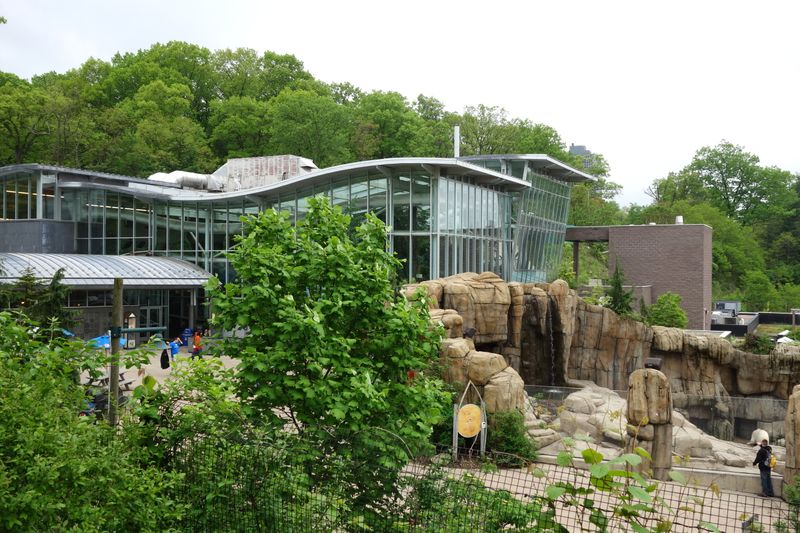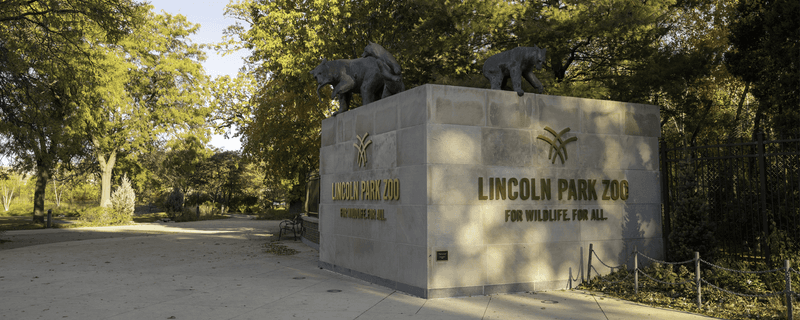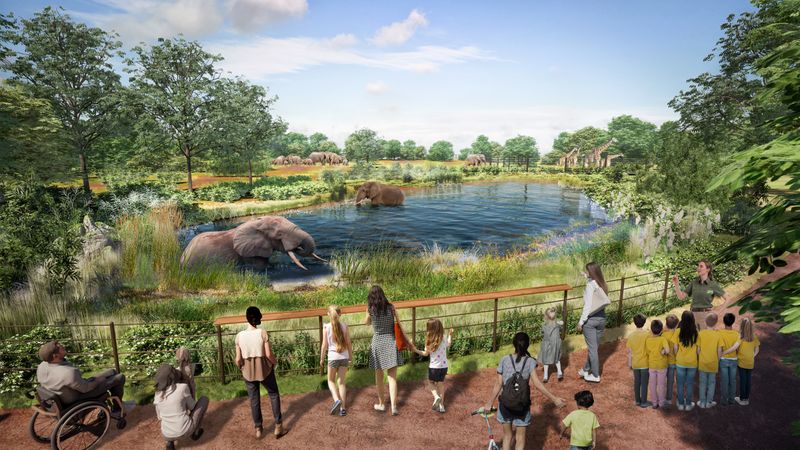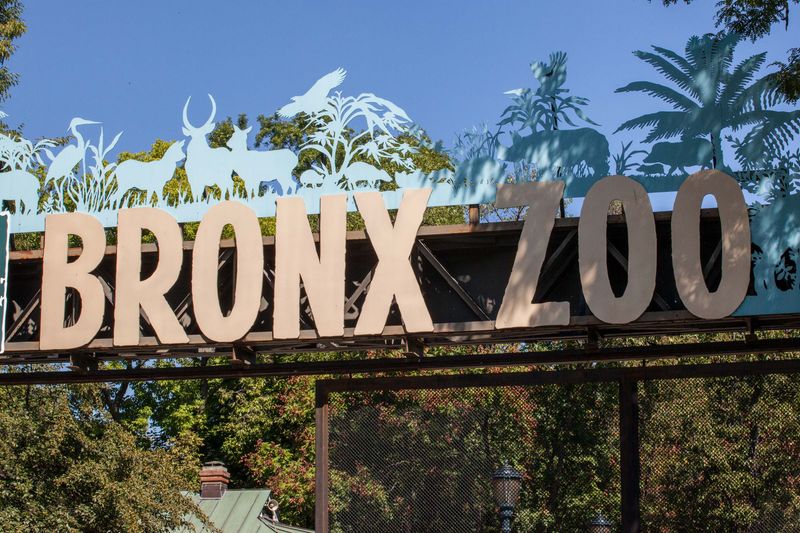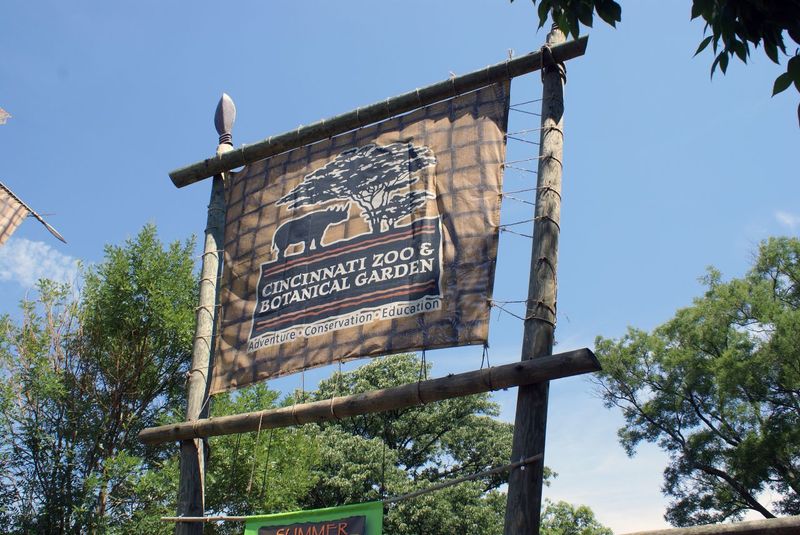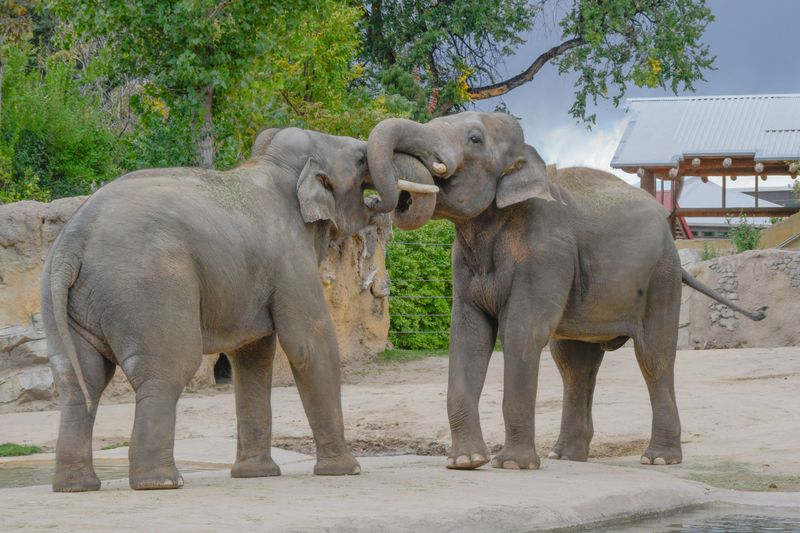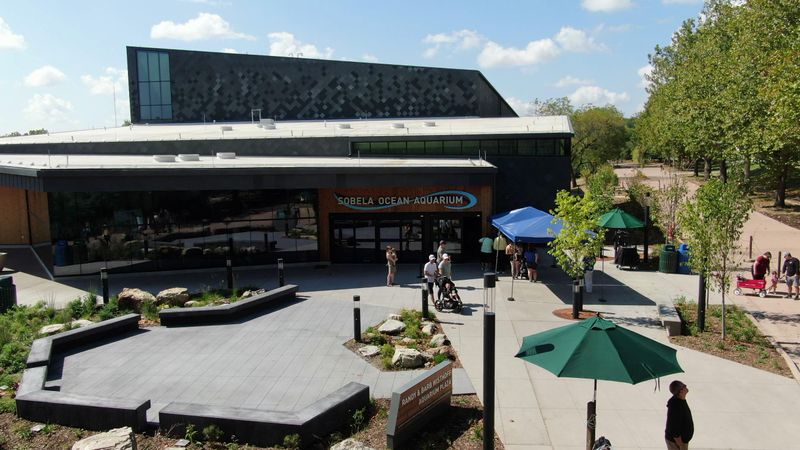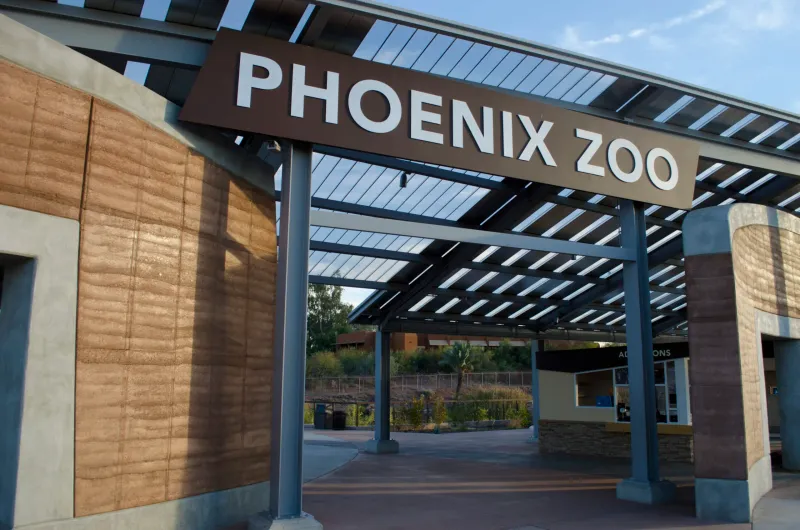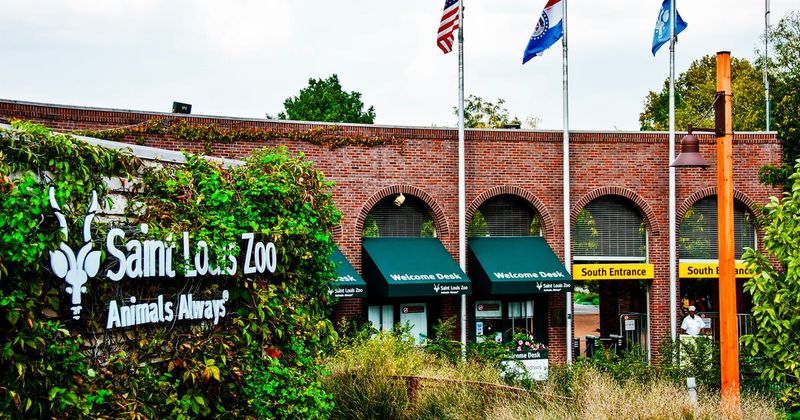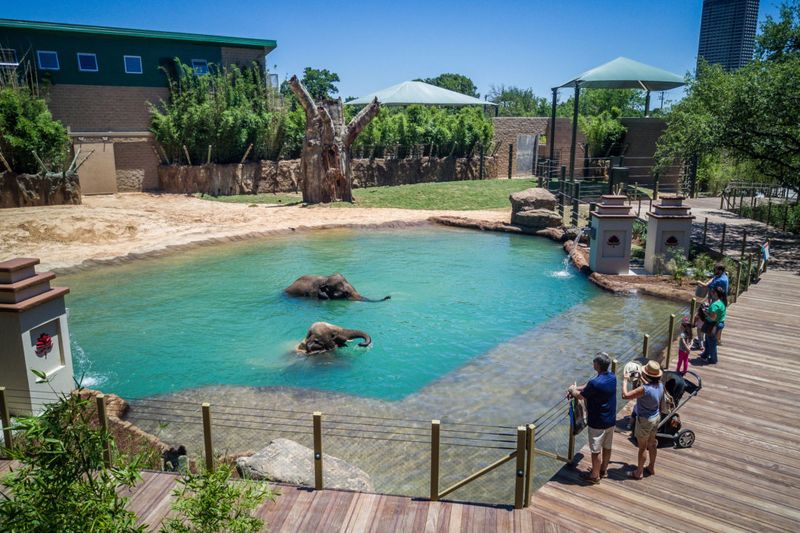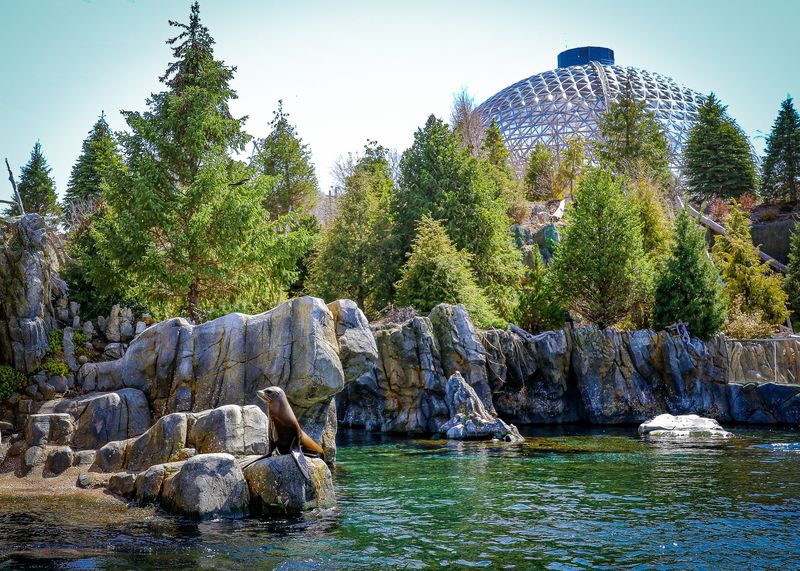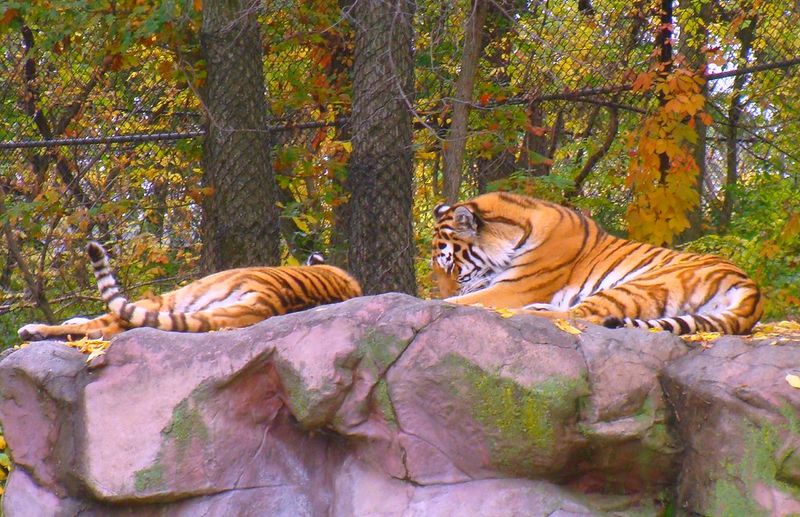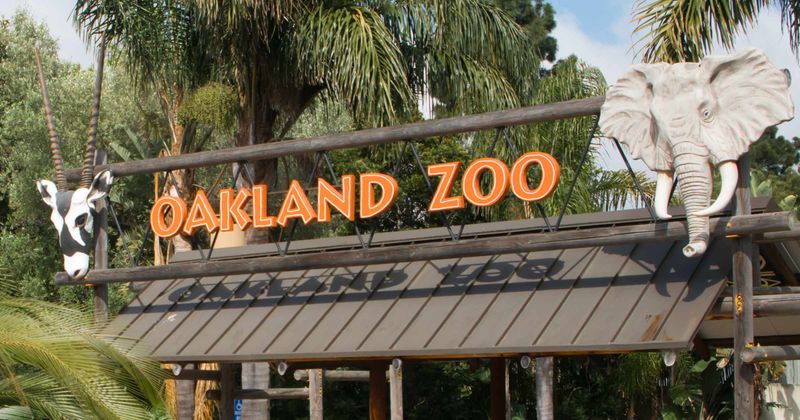America’s zoos offer incredible opportunities to connect with wildlife from around the globe. From massive conservation centers to intimate wildlife sanctuaries, these destinations provide educational experiences that inspire visitors of all ages. Many of these facilities play crucial roles in protecting endangered species while creating unforgettable memories for families. Whether you’re fascinated by exotic animals or passionate about conservation efforts, these remarkable zoos will leave you amazed.
1. Dallas Zoo
Sprawling across 106 acres in the heart of Texas, this destination houses over 2,000 animals representing 406 species. The Giants of the Savanna exhibit stands out as one of the most impressive displays in the country.
Visitors can watch elephants, giraffes, and zebras roam together in a massive habitat that mimics African landscapes. The Wilds of Africa monorail provides an elevated view of these magnificent creatures.
Children especially love the interactive ZooNorth area where they can pet friendly farm animals and learn about conservation efforts firsthand.
2. Pittsburgh Zoo
Located in Pennsylvania’s Highland Park, this facility gained fame for its incredible polar bear habitat called the Tundra. The massive pool system allows visitors to watch these arctic giants swim underwater through floor-to-ceiling windows.
Beyond polar bears, the PPG Aquarium houses sharks, stingrays, and colorful tropical fish. The Kids Zone features a playground designed to look like an African village.
Conservation programs here focus on protecting endangered species like Amur tigers and African painted dogs, making every visit meaningful for wildlife preservation.
3. Lincoln Park Zoo
Remarkably, this Chicago institution offers completely free admission year-round, making it accessible to everyone. Founded in 1868, it ranks among America’s oldest zoos while maintaining cutting-edge animal care standards.
The Regenstein Center for African Apes provides an incredible experience watching gorillas and chimpanzees in naturalistic settings. The Farm-in-the-Zoo lets city kids interact with barnyard animals.
During winter months, the lights festival transforms the grounds into a magical wonderland, proving that zoo visits can be enjoyable regardless of season.
4. Brookfield Zoo
Pioneering the concept of barrier-free exhibits, this Illinois institution revolutionized how people experience wildlife. The Tropic World building houses three distinct environments: Asia, Africa, and South America under one massive roof.
Great Bear Wilderness showcases polar bears, grizzlies, and wolves in expansive habitats designed for natural behaviors. The carousel features hand-carved endangered species instead of traditional horses.
Educational programs here consistently rank among the nation’s best, with hands-on activities that teach visitors about animal behavior and conservation science.
5. Bronx Zoo
Covering 265 acres in New York City, this massive facility houses over 6,000 animals representing 700 species. The Congo Gorilla Forest immerses visitors in an African rainforest experience complete with waterfalls and dense vegetation.
Wild Asia Monorail carries guests through 40 acres where elephants, rhinoceros, and tigers roam in spacious habitats. The Children’s Zoo allows young visitors to feed sheep and goats.
Founded in 1899, this institution pioneered many modern zoo practices and continues leading wildlife conservation efforts globally through field research programs.
6. Cincinnati Zoo
Combining stunning botanical gardens with exceptional animal exhibits, this Ohio destination offers dual attractions in one location. Over 3,000 plant varieties create lush backdrops for animal habitats throughout the grounds.
The zoo’s breeding programs achieved remarkable success, particularly with endangered white rhinos and Malayan tigers. Hippo Cove features underwater viewing areas where visitors watch these massive mammals swim gracefully.
Night at the Zoo events during summer months provide unique after-dark experiences, allowing guests to observe nocturnal animal behaviors rarely seen during daylight hours.
7. Denver Zoo
Situated at 5,280 feet elevation, this Colorado facility offers unique mountain views alongside incredible animal experiences. The Predator Ridge exhibit houses lions, hyenas, and African wild dogs in interconnected habitats.
Bear Mountain provides spacious homes for both black bears and grizzlies, featuring climbing structures and swimming areas. The carousel building doubles as an event space for educational programs.
Conservation efforts focus on local Colorado wildlife, including black-footed ferrets and lynx rehabilitation programs that directly benefit regional ecosystems and endangered species populations.
8. Kansas City Zoo
Home to one of America’s most impressive penguin exhibits, this Missouri facility recreates Antarctic conditions for both Humboldt and Gentoo penguins. The refrigerated habitat maintains proper temperatures year-round, even during hot summers.
Australia section features kangaroos, wallabies, and colorful lorikeets that visitors can hand-feed. The Discovery Barn provides hands-on learning experiences with domestic animals and interactive displays.
Recent expansions added a massive African exhibit where giraffes, zebras, and ostriches share space, creating authentic savanna experiences for both animals and visitors alike.
9. Memphis Zoo
Although giant pandas have returned to China, this Tennessee institution maintains its reputation for exceptional animal care and conservation work. The China exhibit still features beautiful Asian architecture and gardens.
Teton Trek houses grizzly bears, wolves, and elk in a massive habitat designed to replicate Yellowstone ecosystems. The aquarium tunnel allows visitors to walk through shark-filled waters.
Educational programs emphasize local wildlife conservation, particularly efforts to protect Mississippi River ecosystems and native Tennessee species through hands-on research and rehabilitation initiatives.
10. Phoenix Zoo
Perfectly adapted to Arizona’s desert climate, this facility specializes in arid-land animals from around the world. The Arizona Trail showcases native species including javelinas, mountain lions, and desert bighorn sheep.
Tropical flights aviary houses hundreds of exotic birds in a climate-controlled environment that contrasts dramatically with the surrounding Sonoran Desert landscape.
Conservation programs focus on endangered desert species, particularly Mexican wolves and Sonoran pronghorn recovery efforts that directly benefit southwestern ecosystems and preserve regional biodiversity.
11. Saint Louis Zoo
Offering free admission like Chicago’s Lincoln Park, this Missouri institution provides world-class experiences without financial barriers. The Jungle of the Apes features both indoor and outdoor habitats for gorillas and orangutans.
Historic Flight Cage, built for the 1904 World’s Fair, still houses dozens of bird species in a massive walk-through aviary. The carousel features endangered species artwork.
Sea lion shows and penguin feedings provide scheduled entertainment, while educational programs teach visitors about marine conservation efforts and polar ecosystem protection.
12. Houston Zoo
Texas heat creates perfect conditions for tropical and subtropical species at this urban facility. The Gorilla habitat spans several acres, allowing these magnificent primates to demonstrate natural behaviors in spacious surroundings.
Kipp Aquarium houses both freshwater and marine species, including a touch tank where children can safely interact with stingrays and small sharks.
Conservation work extends internationally, with field programs protecting wild elephants in Asia and supporting community-based conservation efforts that benefit both wildlife and local human populations.
13. Henry Doorly Zoo
Located in Omaha, Nebraska, this facility houses the world’s largest indoor desert under a massive geodesic dome. Kingdoms of the Night provides a unique reverse-daylight experience where nocturnal animals remain active during visiting hours.
The Lied Jungle spans 1.5 acres indoors, creating a tropical rainforest complete with waterfalls and free-flying birds. Visitors can walk through multiple ecosystem levels.
Scott Aquarium features a 70-foot shark tunnel and interactive touch pools, making this one of America’s most comprehensive zoo experiences under one roof.
14. Minnesota Zoo
Designed specifically for Minnesota’s harsh winters, this facility features heated indoor exhibits and outdoor habitats that showcase cold-weather animals. The Northern Trail highlights wolves, bison, and moose in naturalistic settings.
Tropics Trail provides warm refuge during winter months, housing primates, birds, and reptiles from tropical climates. The Discovery Bay aquarium features both local and exotic aquatic species.
Educational programs emphasize Minnesota’s native wildlife, teaching visitors about wolf conservation, prairie restoration, and sustainable living practices that protect local ecosystems.
15. Oakland Zoo
Nestled in California’s hills, this facility emphasizes native species conservation and environmental education. The California Trail features mountain lions, grizzly bears, and condors in habitats designed to replicate Sierra Nevada ecosystems.
African Savanna houses elephants, lions, and giraffes with stunning San Francisco Bay views in the background. The gondola ride provides aerial views of both animals and landscapes.
Conservation programs focus heavily on local wildlife rehabilitation, particularly efforts to restore California condor populations and protect endangered native species throughout the region.

